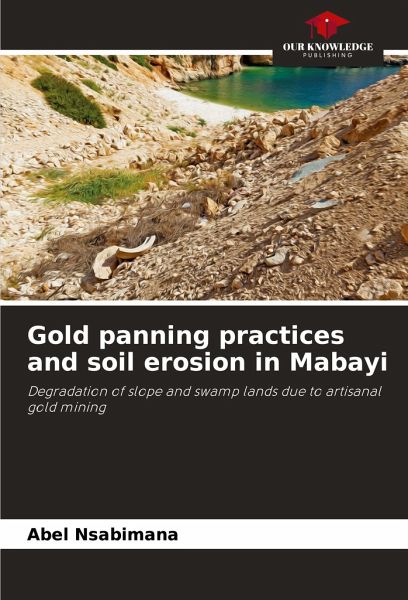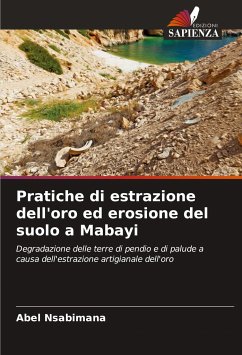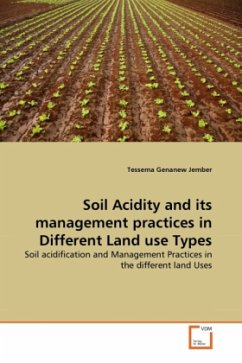
Gold panning practices and soil erosion in Mabayi
Degradation of slope and swamp lands due to artisanal gold mining
Versandkostenfrei!
Versandfertig in 6-10 Tagen
27,99 €
inkl. MwSt.

PAYBACK Punkte
14 °P sammeln!
The study of 20 gold panning sites in Mabayi, Burundi, shows that as a result of inappropriate gold panning practices, 45% of the sites present a very high risk of landslides; 65% of the sites present a high risk of landslides; 40% of the sites present a high risk of sedimentation in the shallows; 15% of the sites present a high risk of erosion in the river beds. Finally, 75% of the sites present a high risk of river turbidity. The volume of soil excavated from the 20 sites is estimated at 10,964.4 m3. The turbidity of the water in the rivers averages 446.9 mg/liter without the addition of mat...
The study of 20 gold panning sites in Mabayi, Burundi, shows that as a result of inappropriate gold panning practices, 45% of the sites present a very high risk of landslides; 65% of the sites present a high risk of landslides; 40% of the sites present a high risk of sedimentation in the shallows; 15% of the sites present a high risk of erosion in the river beds. Finally, 75% of the sites present a high risk of river turbidity. The volume of soil excavated from the 20 sites is estimated at 10,964.4 m3. The turbidity of the water in the rivers averages 446.9 mg/liter without the addition of material through erosion and 887.2 mg/liter with the addition of material through erosion. 79% of gold miners do not know the basic rules of artisanal mining that take into account environmental protection.












